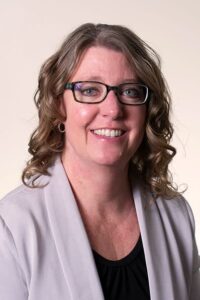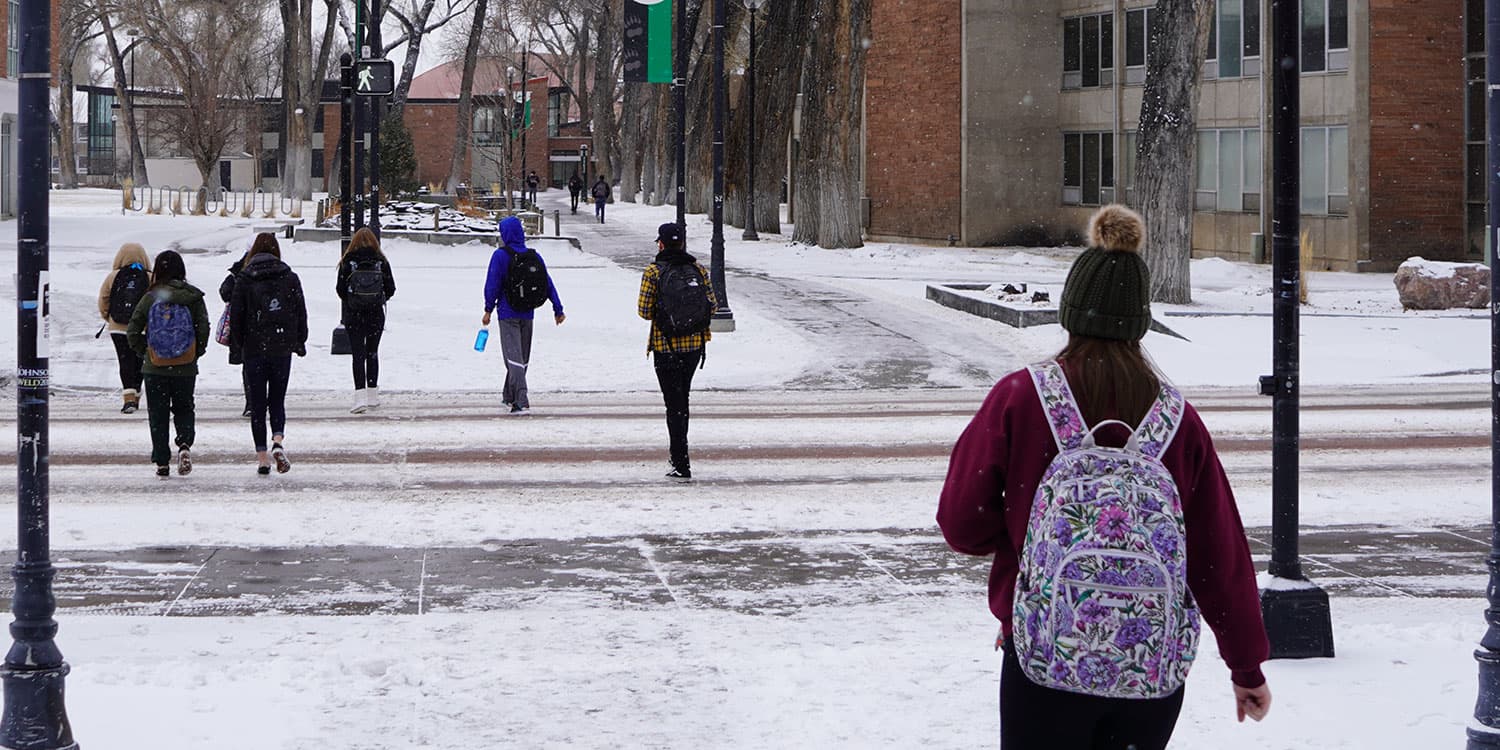Starting this spring, students at Colorado’s GOAL High School can enroll in concurrent classes at Adams State, setting them on an affordable pathway to college.
GOAL is a free online public charter school that offers Colorado students flexibility as they worked toward a high school diploma. The curriculum is delivered online, and students can visit one of 36 drop-in centers around the state for additional tutoring and support.
Through the dual enrollment agreement, GOAL students will be able to take Adams State courses for free in-person or online; the classes count as both college and high school credits.
It’s a fitting partnership between two organizations that share several core values, including the idea that all students — including those who are traditionally underserved — deserve access to high-quality education.
On top of that, several members of GOAL’s leadership team are graduates of Adams State, creating an even deeper connection between the high school and the university. Elizabeth Wiggins, who earned her master’s degree in 2012 and a doctorate in 2018 from Adams State, serves as GOAL’s statewide counseling coordinator. Gunnison “Gunny” Pagnotta, who earned his master’s degree from Adams State in 2015, serves as GOAL’s statewide communications manager.
“Adams State has always been a very supportive university helping students from all kinds of backgrounds be successful — and that’s what we’re about at GOAL, too,” said Wiggins. “We know that Adams State is going to match us in terms of that level of support when our students come to campus.”
Concurrent enrollment classes can help high school students save time and money while at the same time providing a steady flow of new students to Adams State.
Concurrent enrollment plays an important role in the university’s recruitment and retention efforts. Roughly 300 high school students from 14 school districts in the San Luis Valley take concurrent classes at Adams State each semester, participating on-campus, online or in their high schools.
These classes introduce some students to Adams State for the first time and help others become more familiar with the university, which can make a big difference when it comes time to choose a college or university.

“What we’ve found in recent years is that 25 percent of our freshman class had taken concurrent courses with Adams State,” said Renae Haslett, who oversees the concurrent enrollment program at Adams State. “It’s a great feeder program that our concurrent students end up becoming full-time students.”
In Colorado, concurrent enrollment classes are free for students, with school districts chipping in to cover tuition. If they enroll in enough concurrent enrollment classes, this means that some students are earning an associate degree free of charge, all before graduating from high school. Even students with just one or two college classes completed as they graduate from high school have a headstart on their college education.
For some students, concurrent enrollment offers an opportunity to test out college while they still have the support of their high school teachers. These classes can also help boost students’ self-confidence by showing them that they are college material, even if they had doubts or had never seriously considered college before.
“Sometimes we see students go into college without ever taking a college class and they don’t always have success — they don’t know what it is to take a college class or what the expectations are,” said Claire Lara, a social emotional generalist who helped launch GOAL in Alamosa. “We can help assist those kids in that transition of getting their feet wet with what it’s like to write a college paper, what it’s like to only have class on Mondays and Wednesday, what it’s like to get onto Blackboard. We’re releasing them into the world while still having a safety net of sorts with concurrent enrollment.”
The concurrent enrollment partnership will also give GOAL students in the San Luis Valley an opportunity to challenge and push themselves while deepening their studies.
It may serve as just the spark some students need to ignite their passion for education and become lifelong learners.
“We’ve had so many students who just really weren’t motivated and then as soon as they hit the sidewalk and manicured grass of a college campus, it’s a whole different feel for them,” said Pagnotta. “The sooner we can get a student in a college class, the sooner they’re going to be successful.”



